Luxury housing is the epitome of high-end residential living, where architecture plays a critical part in delivering an outstanding and extravagant experience. Each aspect of the building’s architecture, from the outside to the inside, is carefully chosen to convey a sense of lavishness, sophistication, and exclusivity. Luxury housing design emphasizes grandeur, comfort, and utility while using premium materials, attention to detail, distinctive features, and smart technologies. It surpasses the conventional notion of a house by providing an elevated lifestyle and a unique sense of luxury.
Architects and designers work closely with clients to design residences that reflect their desires, preferences, and individual tastes and delineate the entire experience. Let’s explore how architecture plays a crucial role in luxury housing by emphasizing the prevalent design trends and styles associated with this coveted segment of the real estate market.
Aesthetics
The architecture of luxury housing emphasizes charisma, elegance, and aesthetic allure. Grand facades, meticulous detailing, and the use of high-quality materials such as marble, granite, and fine timbers contribute to a feeling of luxury and sophistication. The exteriors and interiors of Luxury Housing are eye appealing.
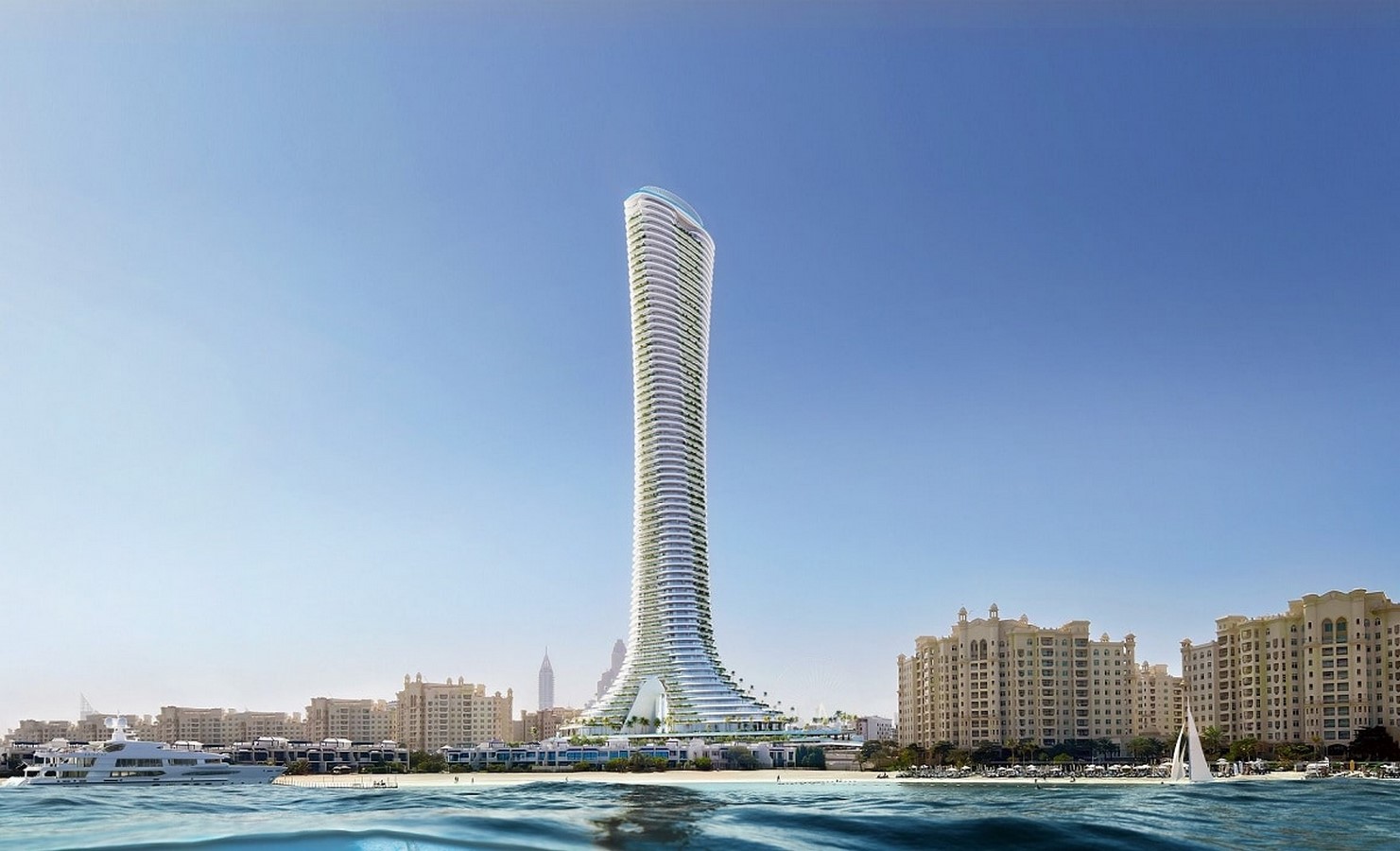
The Palm Jumeirah, located in Dubai, United Arab Emirates, has become synonymous with luxurious living. The palm-shaped island, developed by Nakheel Properties, is a masterpiece of engineering and architecture, offering a variety of premium residential properties, luxury villas, and mansions such as Como Residence.
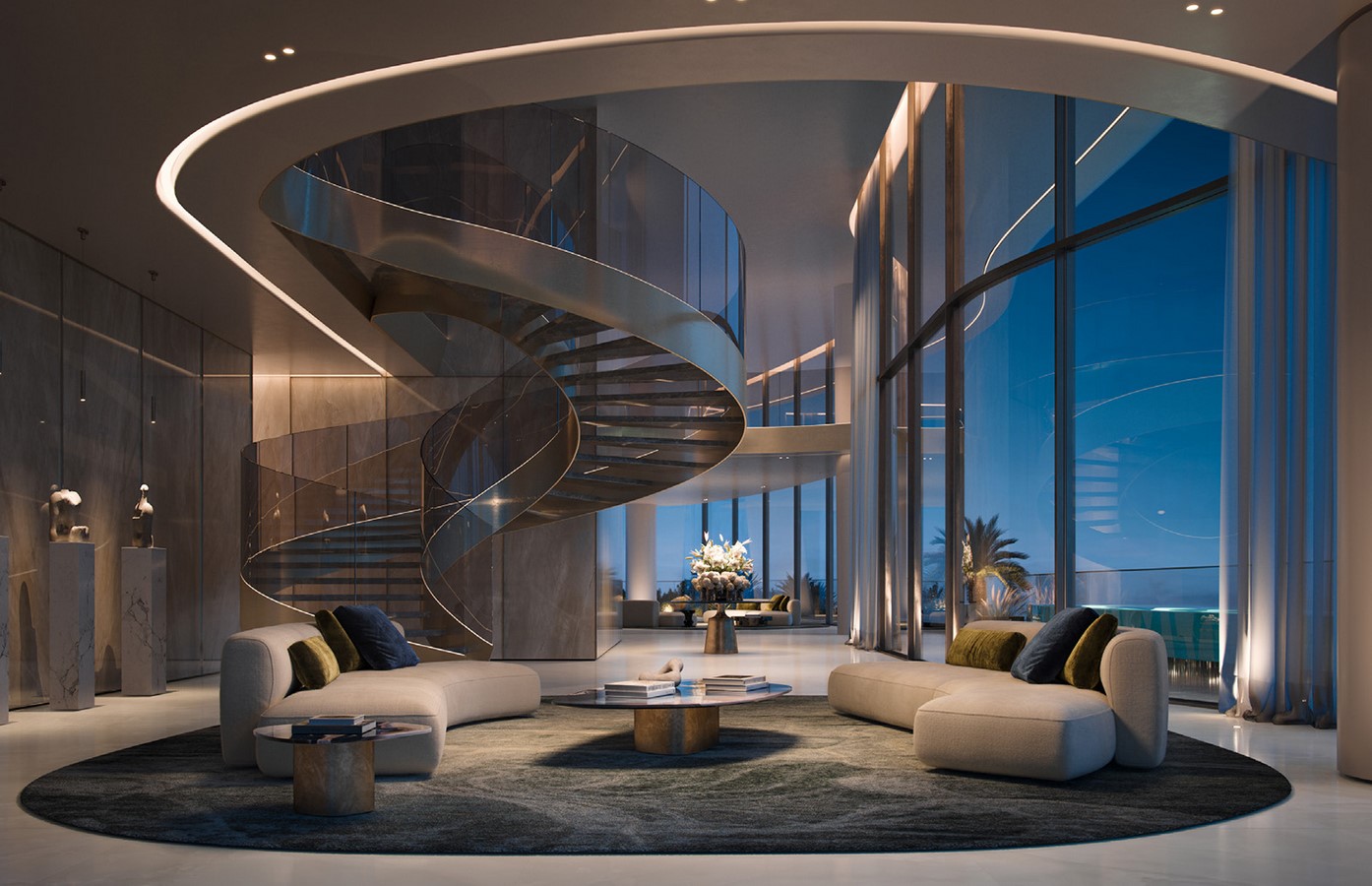
Spatial Design
Luxury housing requires meticulous spatial organization. Architects design seamless, expansive interiors with consideration for residents’ privacy, functionality, and comfort. The floor plans of luxury homes are open, eliminating irrelevant partitions and creating a seamless flow between various functional spaces. The elimination of walls permits clear sightlines, enhancing the perception of space and facilitating social interaction.
A characteristic of luxurious housing is voluminous space. The interiors have a sense of grandeur and expansiveness due to the high ceilings that create vast volumes. Large windows serve multiple functions in luxurious dwellings. They provide an abundance of natural light and bring the adjacent landscape or cityscape into the living environment by filling the interiors with exterior views.
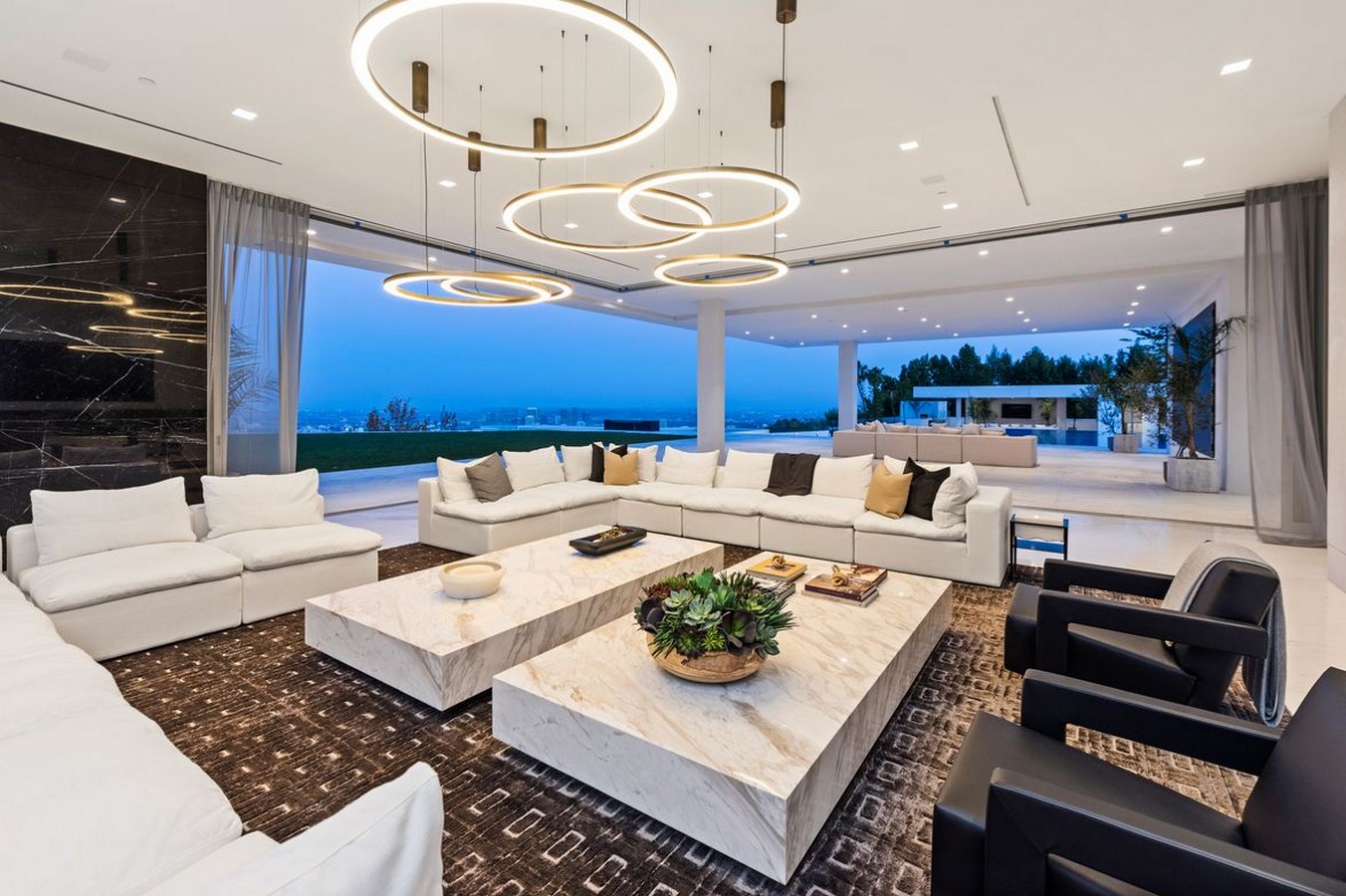
The arrangement of spaces in luxury homes is thoughtfully considered by architects to ensure functionality, convenience, and privacy. Private areas, such as bedrooms and bathrooms, are strategically located away from public areas, whereas communal areas, such as living rooms, kitchens, and dining rooms, are intended to facilitate social interaction.
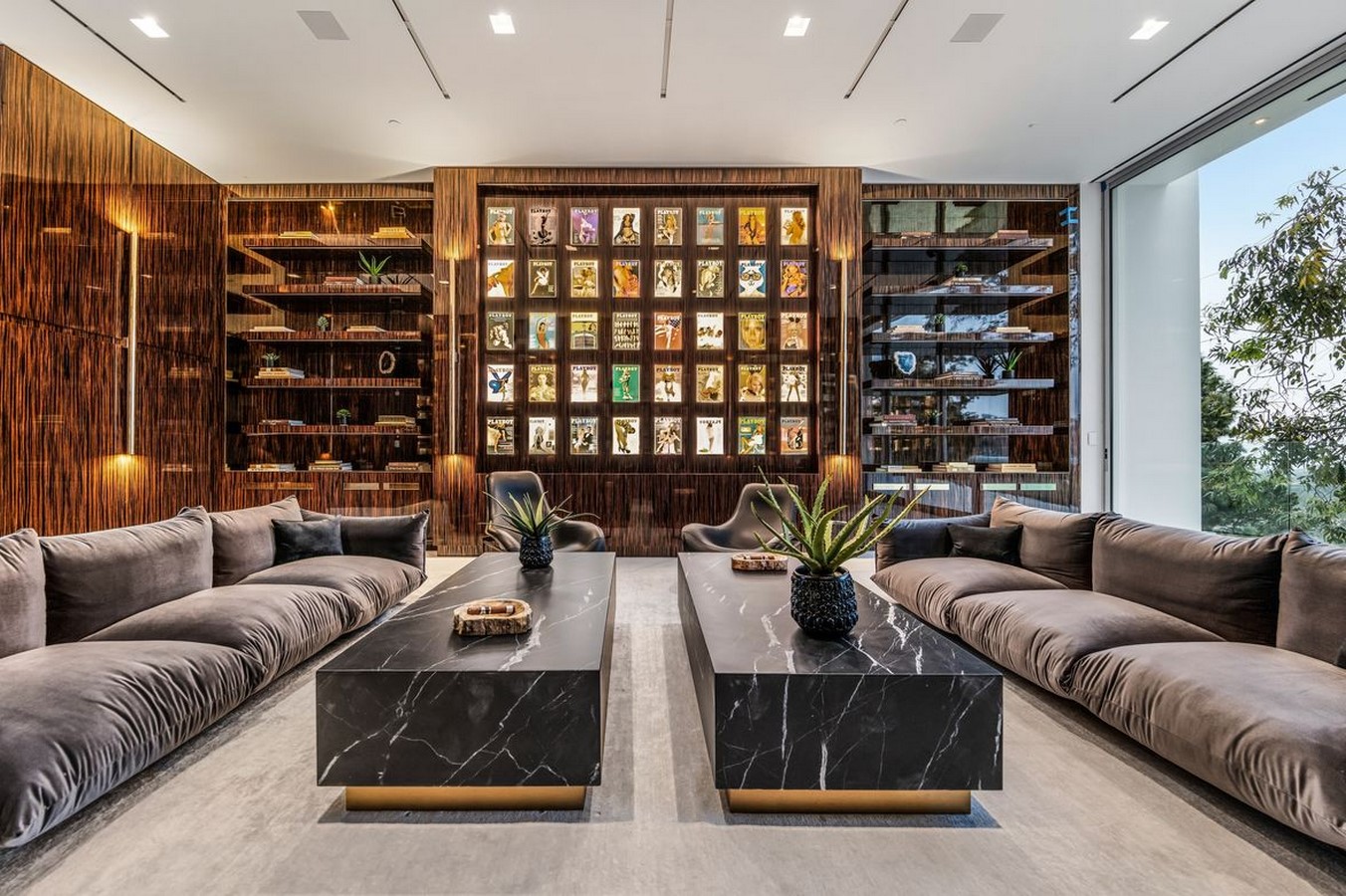
Typically, luxury residences feature a spatial hierarchy, with various zones designed to serve distinct functions and elicit distinct emotions. Spaces such as libraries, private offices, and reading areas are intended to promote relaxation and solitude. For social gatherings and recreation, expansive entertainment areas such as home theatres, game rooms, and indoor-outdoor spaces are designed.
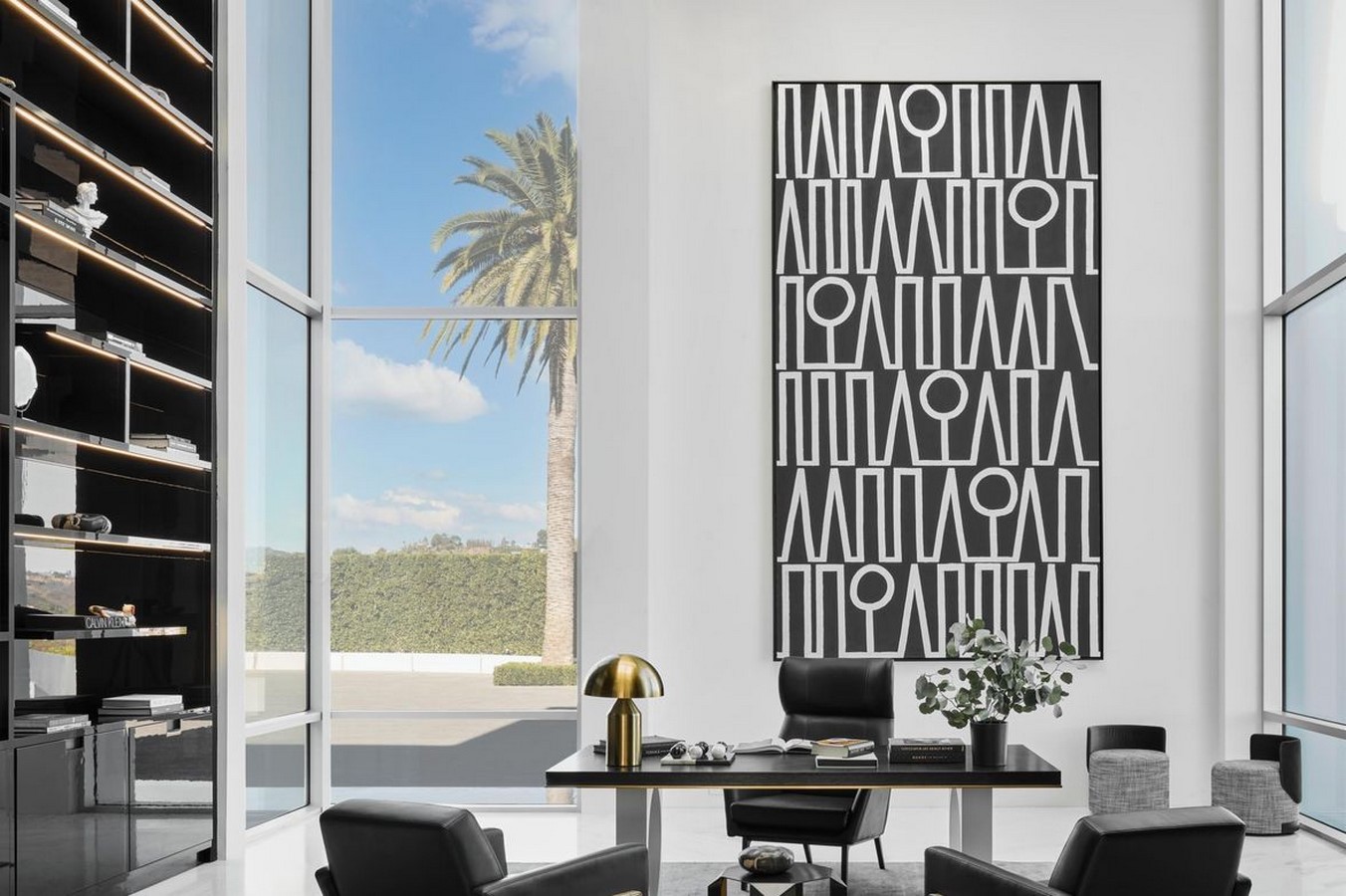
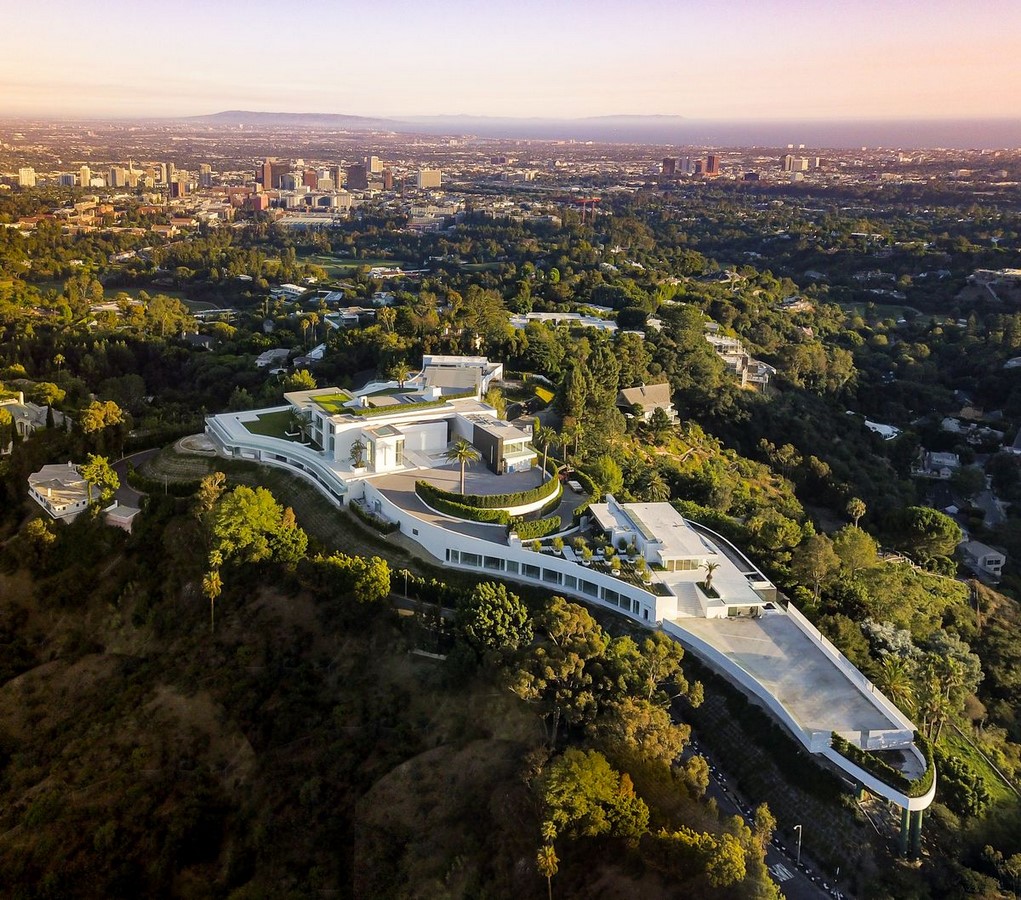
The One is a luxurious residence located in the elite neighborhood of Bel-Air. This residence, designed by architect Paul McClean, demonstrates the significance of spatial hierarchy in luxury housing. The grand entrance with a cascading waterfall, the expansive open floor plan, and the high ceilings create an impression of arrival and luxury. The meticulously designed layout features designated recreation, wellness, and relaxation areas, providing residents with a rich living experience.
Integration with Surroundings
The most spectacular luxury residences tend to be situated in settings with exceptional surroundings. The architecture is thoughtfully planned to make the most of the site’s features, whether it is an oceanfront home, a mountaintop lodge, or a downtown penthouse overlooking the city.
Luxury home designs often have extensive outside living areas so that residents may take in the view. Large balconies, patios, and terraces often have built-in sitting areas, dining tables, and sometimes even outdoor kitchens. The addition of fire pits, swimming pools, and hot tubs transforms these spaces into lavish extensions of indoor living rooms.
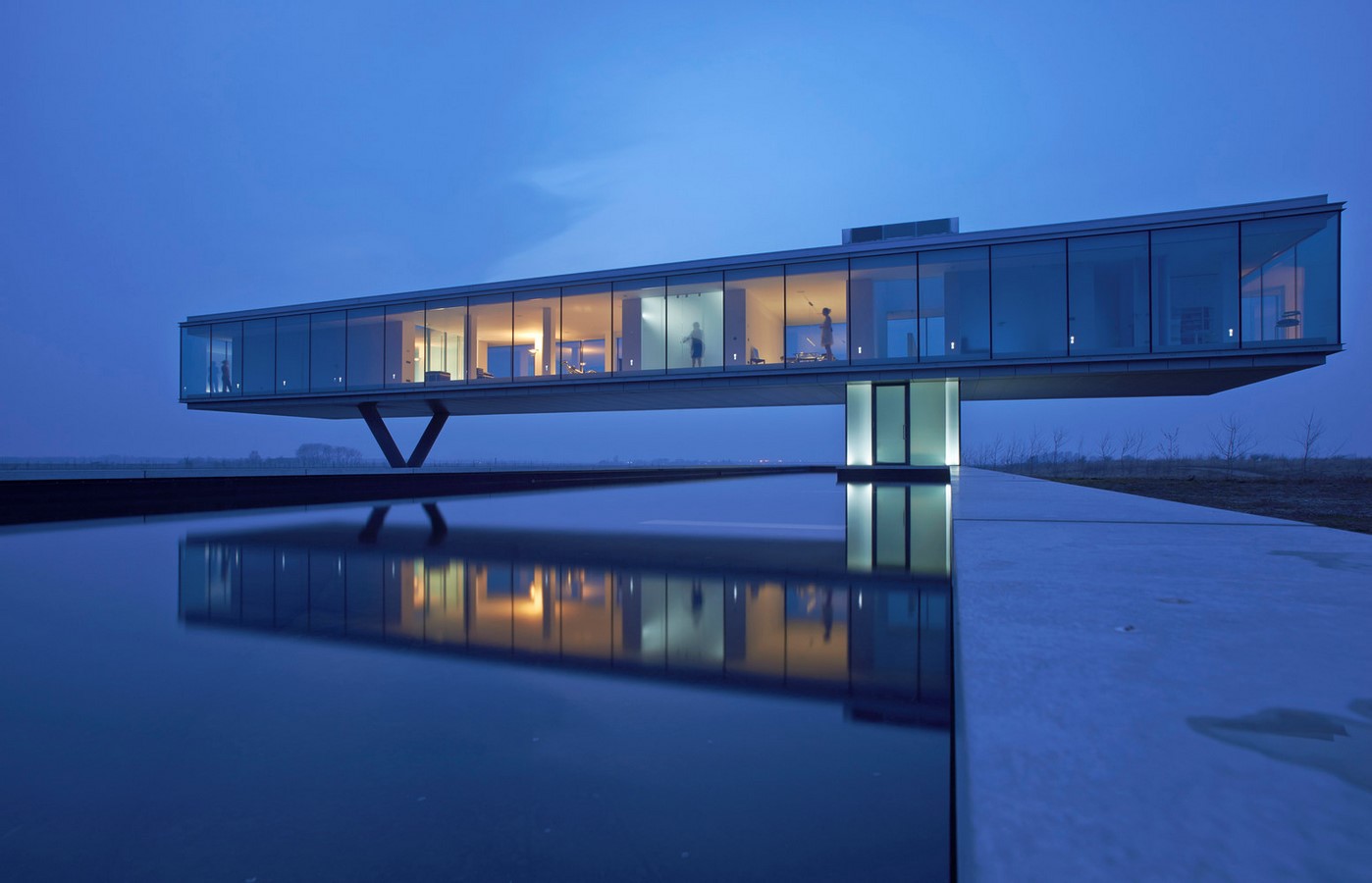
A luxury home’s exterior setting is an integral part of the design process, and architects and landscape architects work closely together to achieve this goal. The design incorporates lush gardens, groomed lawns, water features, and strategically placed plants, all of which contribute to the aesthetic appeal and calming ambiance of the area.
Image 8_View of Villa Kogelhof, Netherlands_@Jeroen Musch
Villa Kogelhof, Netherlands is a sustainable luxury property that blends well with its rural setting. The glass exterior wraps completely around the structure, providing unobstructed views of the greenery beyond. Native plants have been used in landscape design to create a balance between the built and natural environments.
Bespoke Designs
The design of high-end homes is flexible enough to allow substantial personalization to meet the needs of individual users. Architects collaborate directly with clients to include their desires and need in the design process, whether it’s a home cinema, wine cellar, spa-like bathroom, private gym, or home automation system.
Image 9_A bar inside the one_@Douglas Friedman
Current Design Trends for Luxury Housing
According to the survey of Forbes Global Properties member brokerages worldwide, November 2022, luxury home buyers after the post-pandemic, are prioritizing
- Outdoor Spaces such as gardens, covered entertaining outdoor areas, and terraces
- Proximity to Lifestyle Amenities such as ski access, and beach.
- In times of work from home (WFH), there is a need for Multiple Home Offices for several family members to work or study remotely.
- Multifunctional spaces apart from bedrooms, living rooms, and kitchen area to host guests and parties at home.
- Pool and private fitness are quite popular among the luxury housing amenities.
- Expansive and upgrade kitchens with top-tier appliances are quite trendy for luxury homebuyers.
References
- Andriotis, M. E. (2022) This was once America’s most expensive home—and it just sold at auction for $126 million, House Beautiful. Available at: https://www.housebeautiful.com/design-inspiration/real-estate/a38664413/the-one-bel-air-most-expensive-home-concierge-auctions/.
- Como residences – nakheel (no date) Newoffplandubai.com. Available at: https://campaign.newoffplandubai.com/como-residences?gclid=Cj0KCQjw7uSkBhDGARIsAMCZNJu8aI8HjQG6oxjUIs0RgvZXZ48B0KWWjw6aQf8lv3VcGTbggOtDXsQaAh44EALw_wcB.
- Corbett, K. (2020) “The One” is a 100,000 square foot mega-mansion in Bel-Air that’s expected to be listed for $500 million, House Beautiful. Available at: https://www.housebeautiful.com/about/a30733174/the-one-bel-air/.
- Hendrickson, V. L. (2023) Actor Dean Cain buys $4 million Las Vegas home, Mansion Global. Available at: https://www.mansionglobal.com/articles/actor-dean-cain-buys-4-million-las-vegas-home-9f50ad06.
- Kontos, C. (2023) “Exploring the world of luxury residential architecture,” Scenario Architecture, 5 May. Available at: https://scenarioarchitecture.com/advice/exploring-luxury-residential-architecture/.
- Nakheel Como Residences at Palm Jumeirah (no date) Como-residences.ae. Available at: http://como-residences.ae/.
- Perspectives by Forbes Global Properties (no date) issuu. Available at: https://issuu.com/forbesglobalproperties/docs/perspectives_by_forbes_global_properties_-_annual_?fr=sZTUzYTU4MTE2MzA.
- Sánchez, D. (2013) Villa kogelhof / Paul de Ruiter architects, ArchDaily. Available at: https://www.archdaily.com/455402/villa-kogelhof-paul-de-ruiter-architects.




















